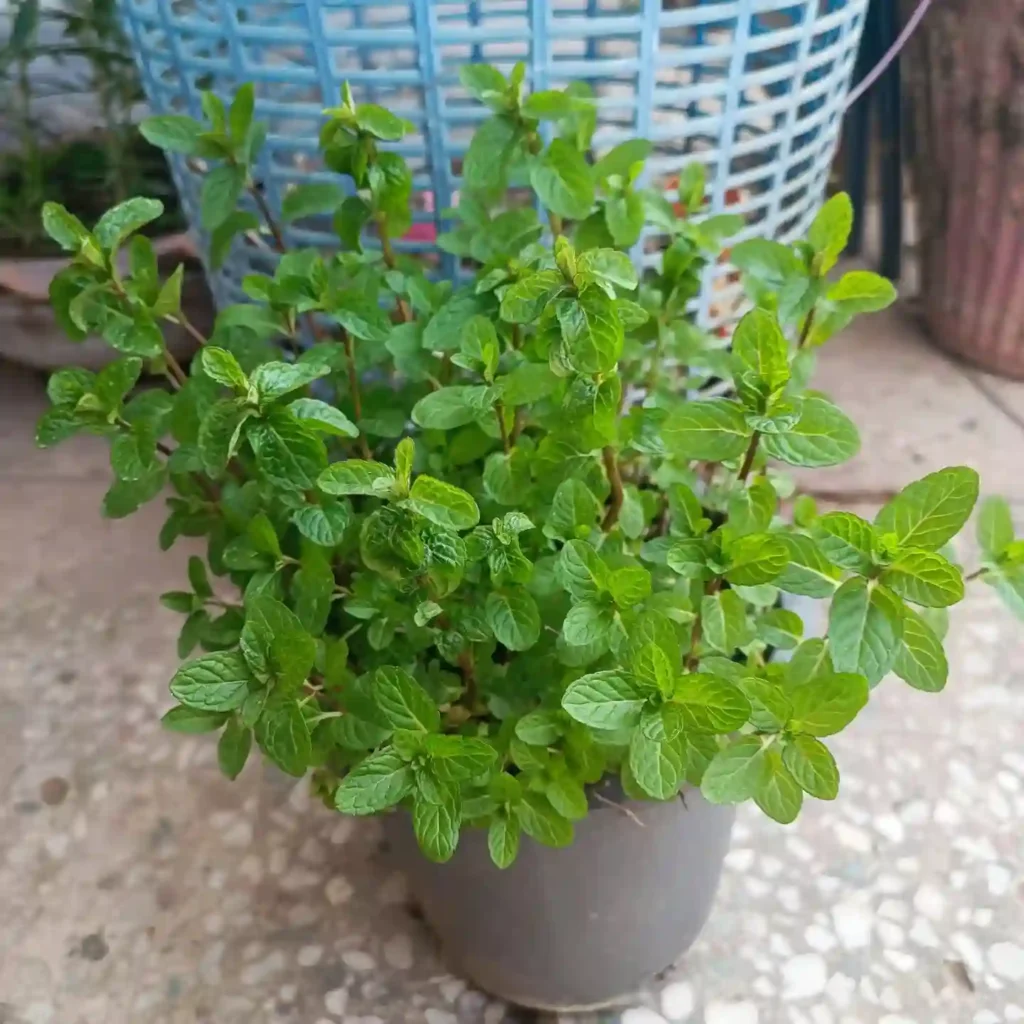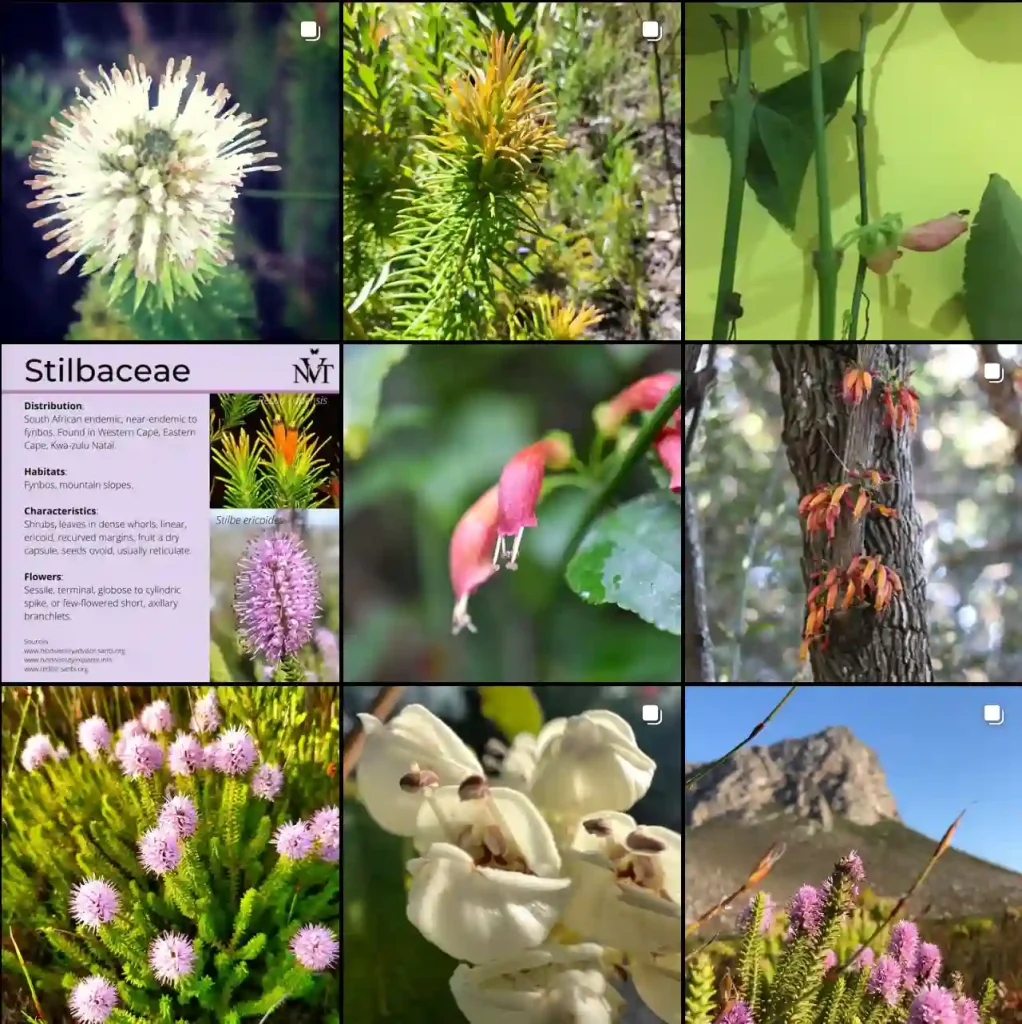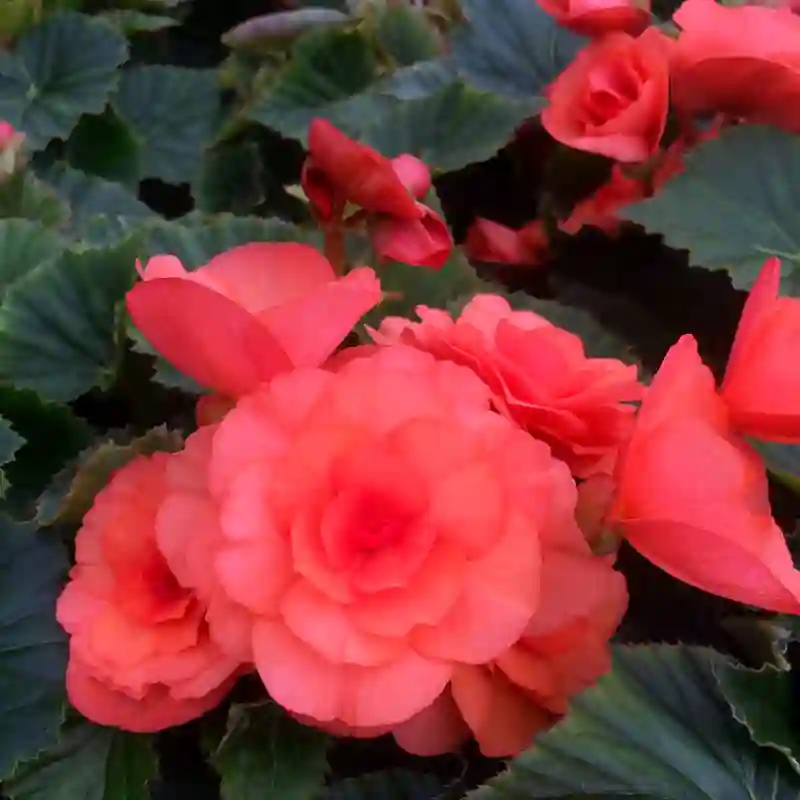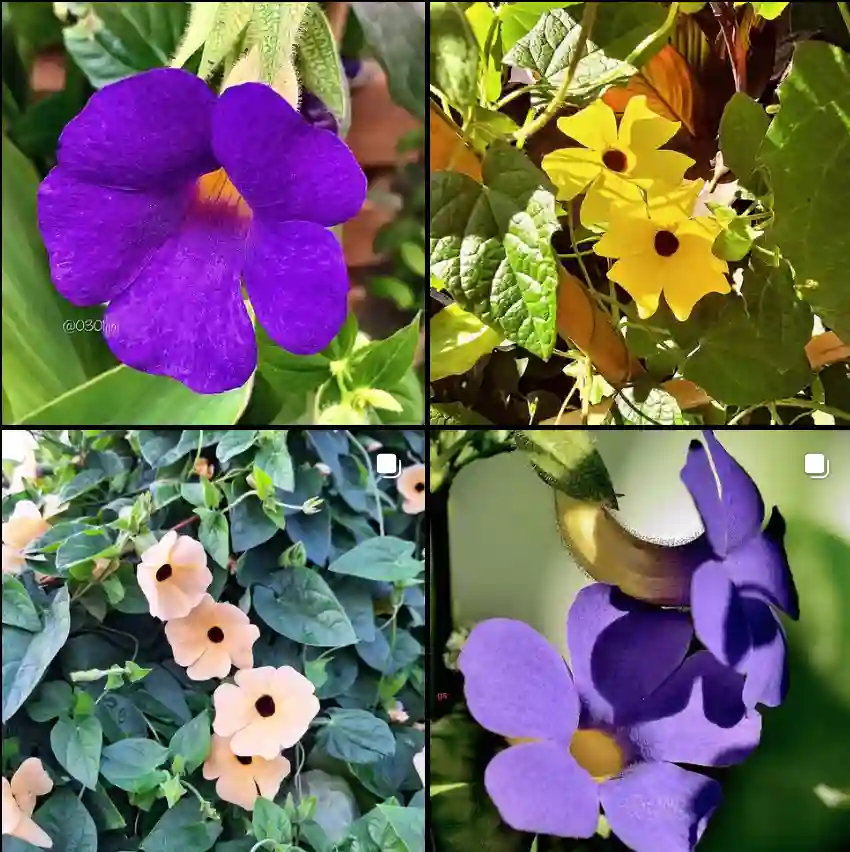Enkianthus: A Gardener’s Appreciation
My name is Ferb Vu, and I’m an avid gardener with a particular fondness for the genus Enkianthus. These shrubs, members of the Ericaceae family (which also includes rhododendrons and blueberries), are native to Asia and possess a unique charm that captivates those who take the time to appreciate them. They might not boast the flamboyant blooms of some of their relatives, but their subtle beauty and elegant structure have earned them a special place in my garden and my heart.
What Makes Enkianthus Special?
Enkianthus shrubs are deciduous, meaning they lose their leaves in the fall. But before they do, they put on a spectacular autumn display, their foliage transforming into a fiery tapestry of reds, oranges, and yellows. In spring, delicate bell-shaped flowers emerge, often in shades of cream, pink, or red. These blossoms dangle gracefully from the branches, adding a touch of whimsy to the garden.
Beyond their aesthetic appeal, I appreciate Enkianthus for their resilience. They are generally low-maintenance plants that can tolerate a range of conditions, though they prefer acidic soil and partial shade. Once established, they require minimal pruning and are relatively pest-free. This hardiness makes them a reliable choice for gardeners of all skill levels.
A Diverse Genus
The genus Enkianthus encompasses a variety of species, each with its own distinct characteristics:
- Enkianthus campanulatus: Perhaps the most widely cultivated species, E. campanulatus is known for its bell-shaped flowers, which can range in color from creamy white to deep red. It’s a versatile shrub that can be grown in various settings, from woodland gardens to urban landscapes. – Plant FAQs: Enkianthus Campanulatus
- Enkianthus perulatus: This species is prized for its tiered branching structure, which gives it a distinctive pagoda-like appearance. Its white flowers bloom in profusion in spring, creating a stunning contrast against the emerging foliage.
- Enkianthus cernuus: With its pendulous flowers and graceful habit, E. cernuus adds a touch of elegance to any garden. The ‘Red Bells’ cultivar is particularly striking, with its deep red blossoms.
- Enkianthus deflexus: This species is native to the Himalayas and is known for its larger leaves and more robust growth habit. Its flowers are typically white or pale pink.
- Enkianthus quinqueflorus: This species is notable for its early flowering time, with blossoms often appearing before the leaves emerge. Its flowers are typically white or pale pink, and they have a delicate, almost ethereal quality.
- Enkianthus chinensis Franch.
- Enkianthus nudipes (Honda) Ueno
- Enkianthus pauciflorus E.H.Wilson
- Enkianthus quinqueflorus Lour.
- Enkianthus ruber Dop
- Enkianthus serotina Chun & W.P.Fang
- Enkianthus serrulatus (E.H.Wilson) C.K.Schneid.
- Enkianthus sikokianus (Palib.) Ohwi
- Enkianthus subsessilis (Miq.) Makino
My Experience with Enkianthus
I first encountered Enkianthus several years ago at a local nursery. I was immediately drawn to their unique form and the promise of their vibrant fall color. I purchased a young E. campanulatus and planted it in a partially shaded spot in my garden. Over the years, it has thrived, growing into a beautiful specimen that provides year-round interest.
I’ve since added other Enkianthus species to my collection, experimenting with different cultivars and placement within my garden. I’ve found them to be remarkably adaptable, tolerating both periods of drought and heavy rainfall. They’ve also proven to be relatively pest-free, which is always a bonus for a gardener.
One of my favorite aspects of growing Enkianthus is witnessing their transformation throughout the seasons. In spring, I eagerly anticipate the emergence of their delicate blossoms. In summer, their lush foliage provides a welcome backdrop for other plants. And in fall, their fiery autumn display steals the show.
Why I Recommend Enkianthus
If you’re looking for a unique and rewarding shrub to add to your garden, I highly recommend Enkianthus. They are versatile plants that can be incorporated into various garden styles, from formal to naturalistic. Their subtle beauty and graceful form add a touch of elegance to any landscape.
Moreover, Enkianthus are relatively low-maintenance and resilient, making them a good choice for both novice and experienced gardeners. They are also a valuable addition to wildlife gardens, as their flowers attract pollinators and their berries provide food for birds.
In conclusion, Enkianthus are a hidden gem in the gardening world. Their unique beauty, adaptability, and resilience make them a valuable addition to any garden. I encourage you to explore the diverse world of Enkianthus and discover their charm for yourself.
If i die, water my plants!



